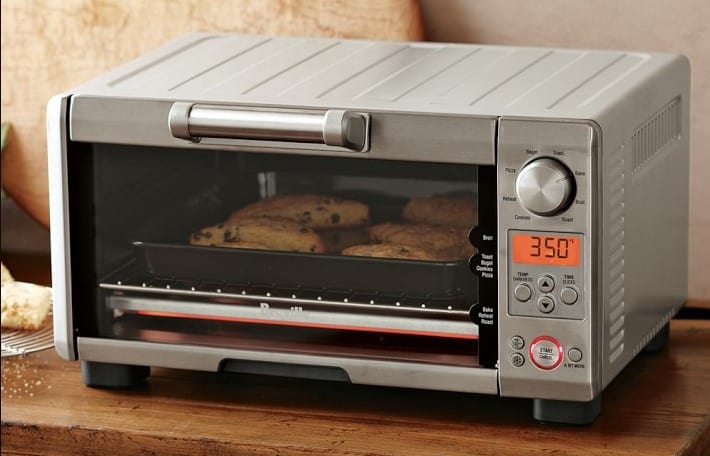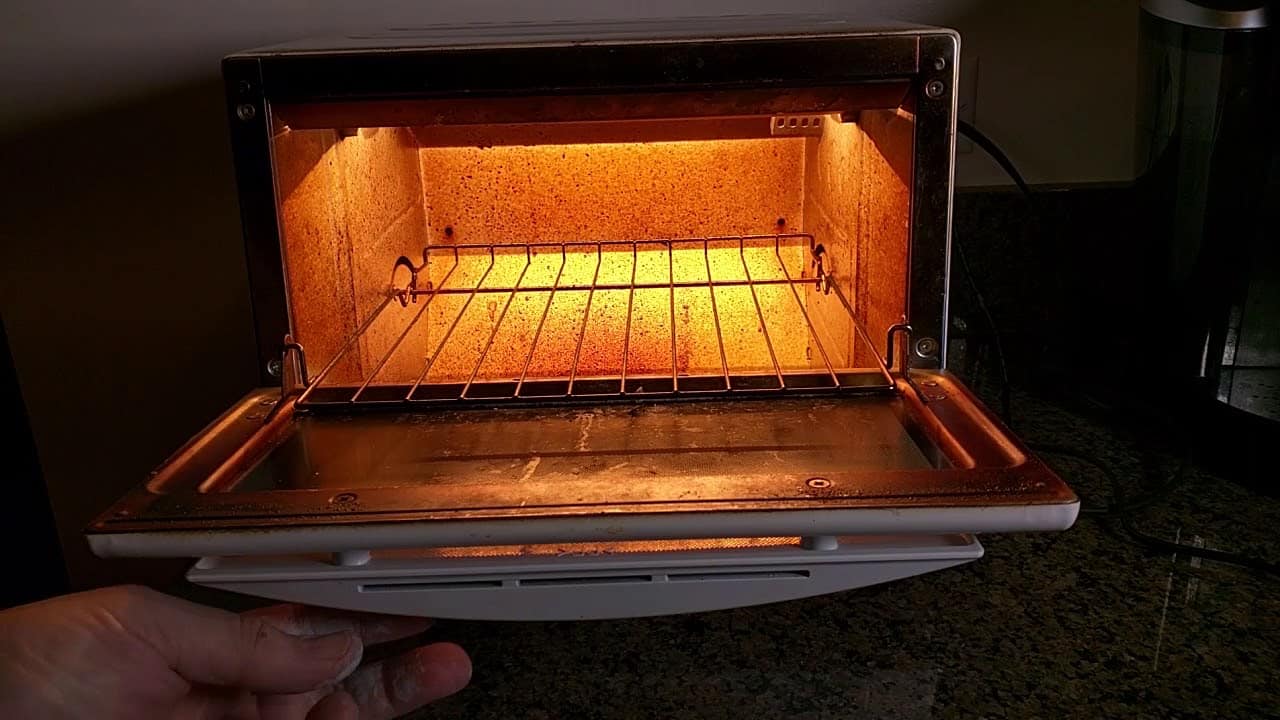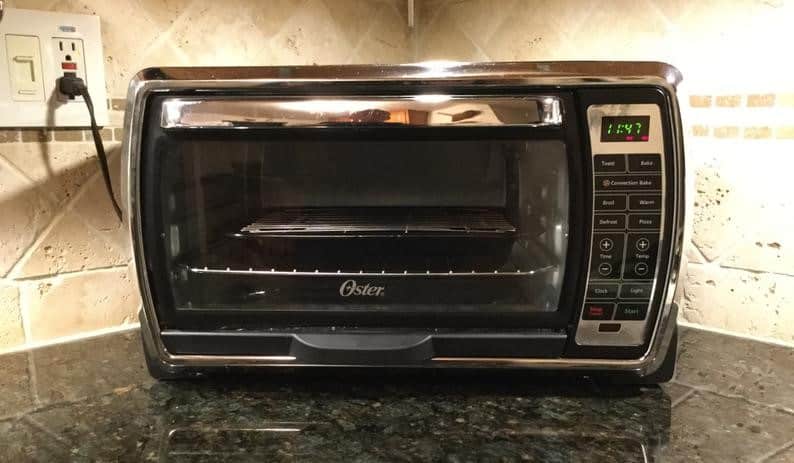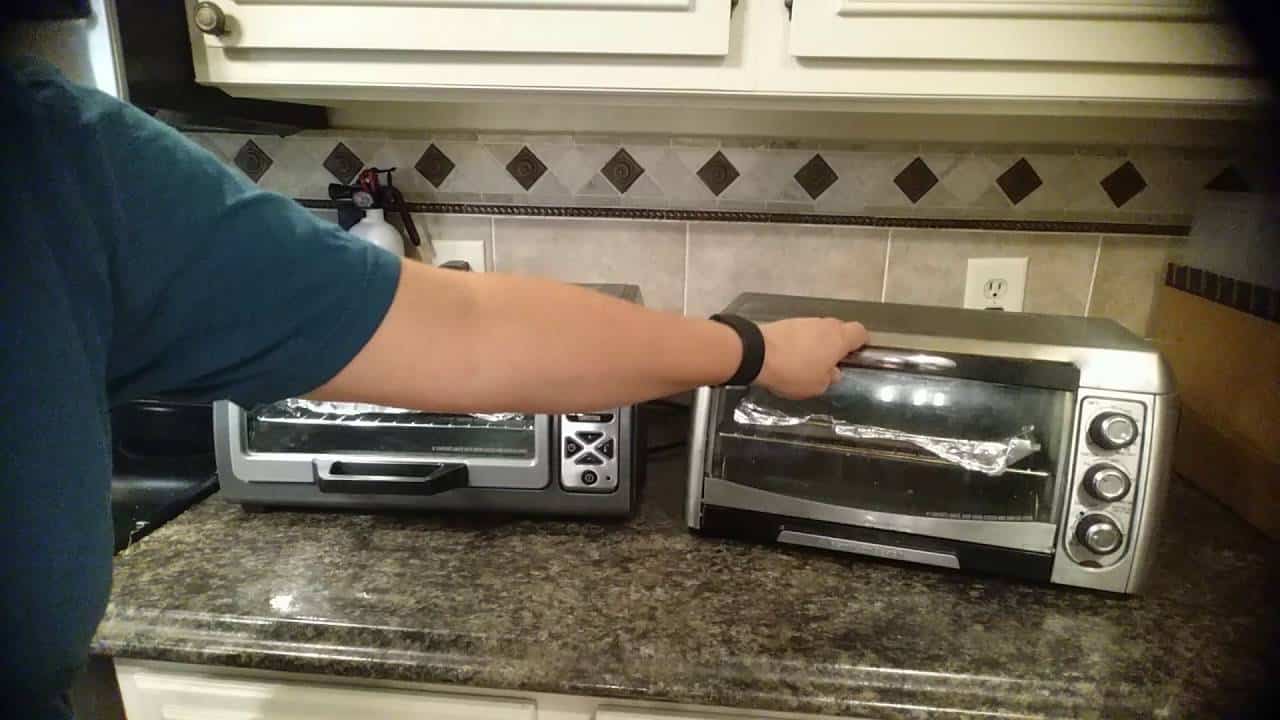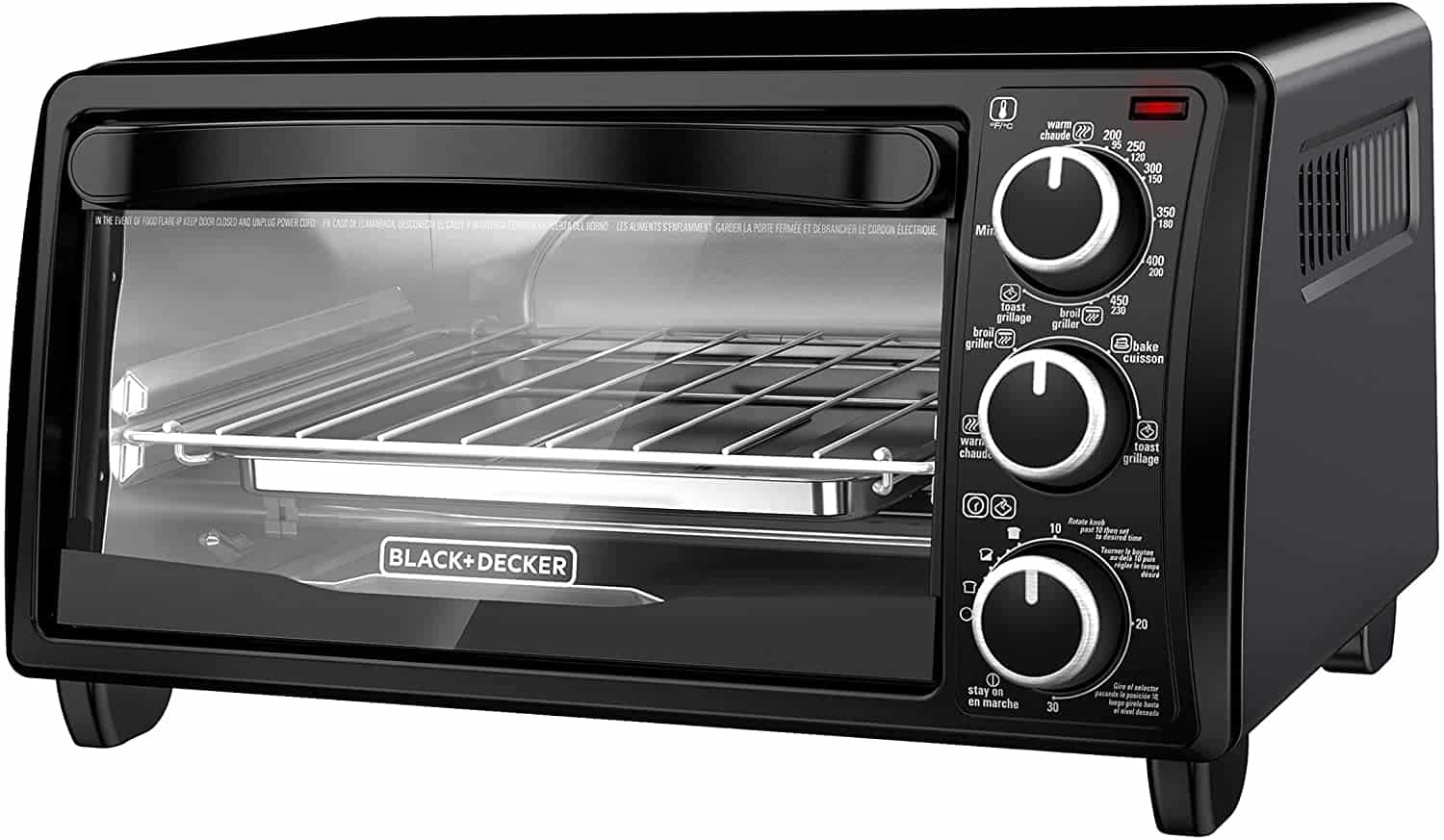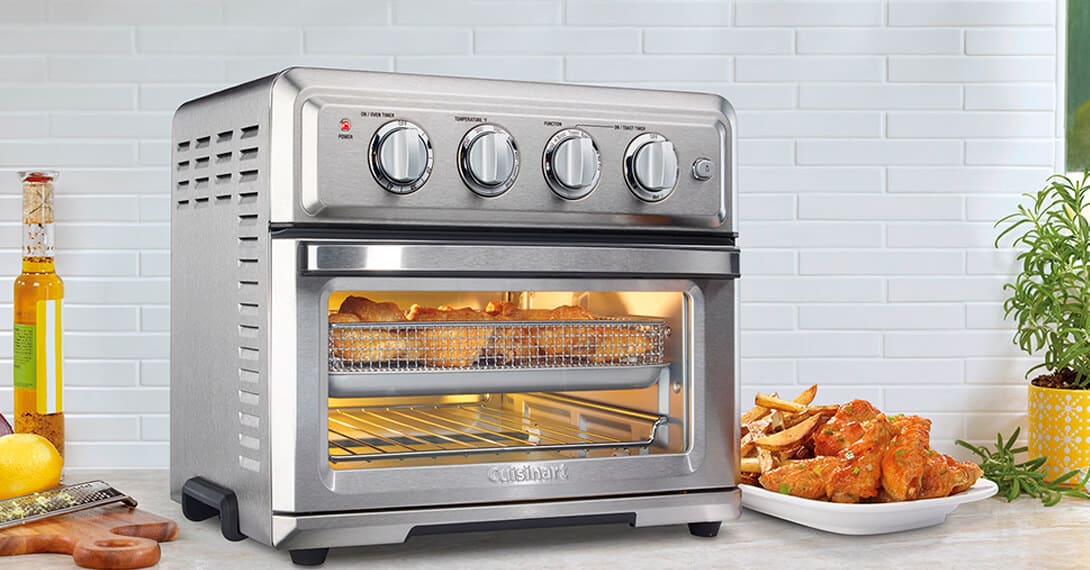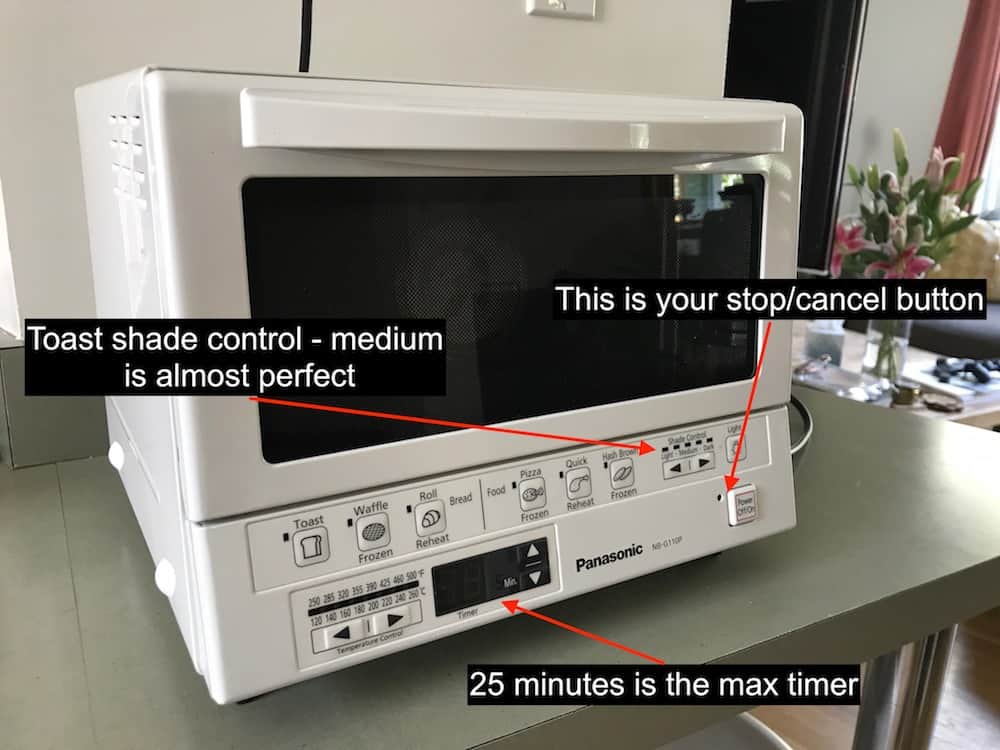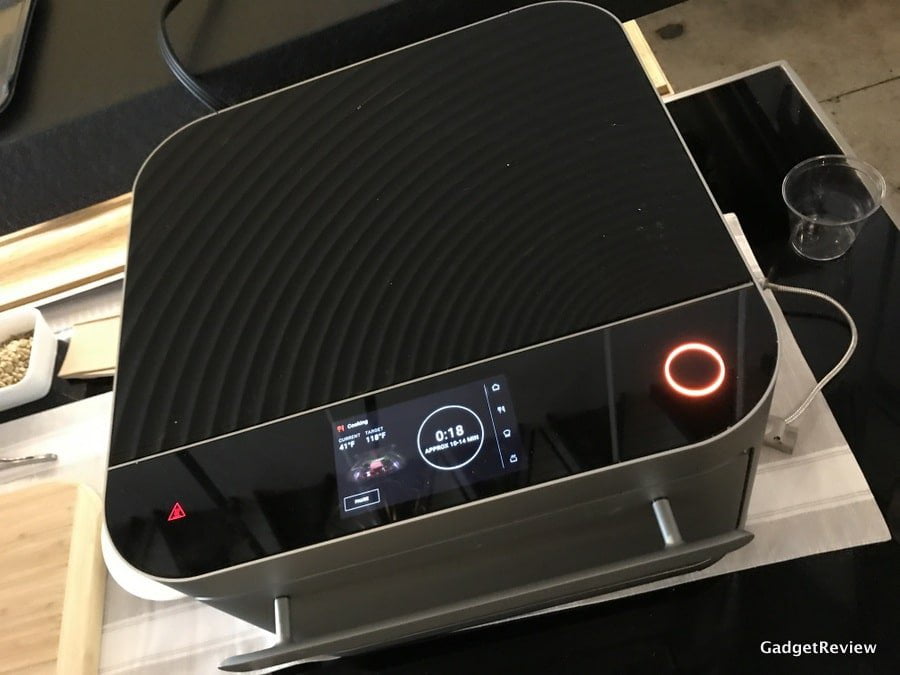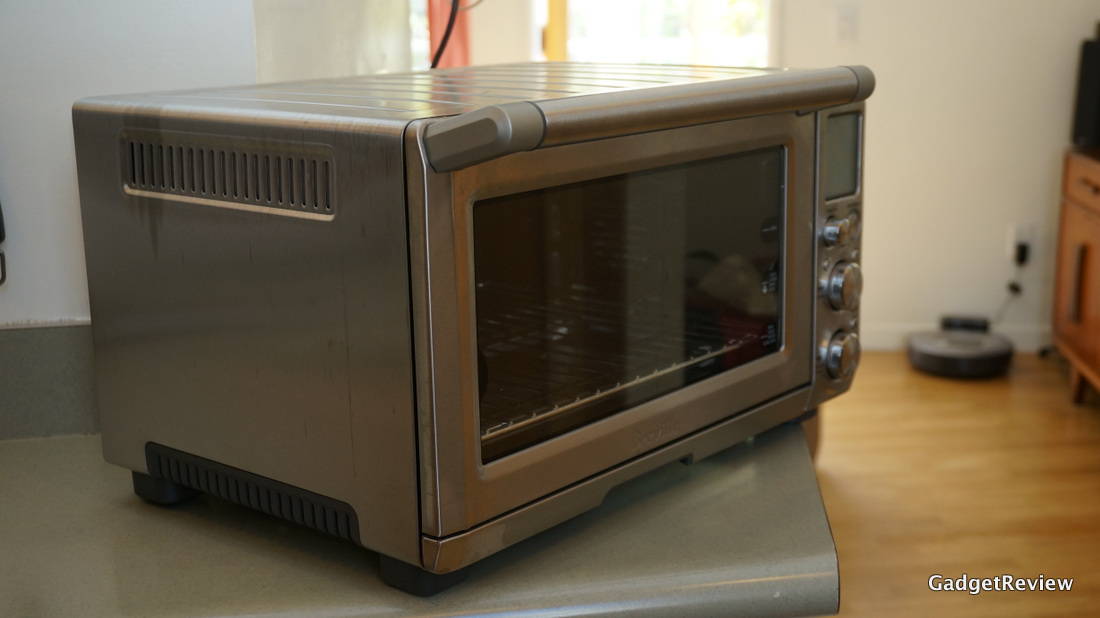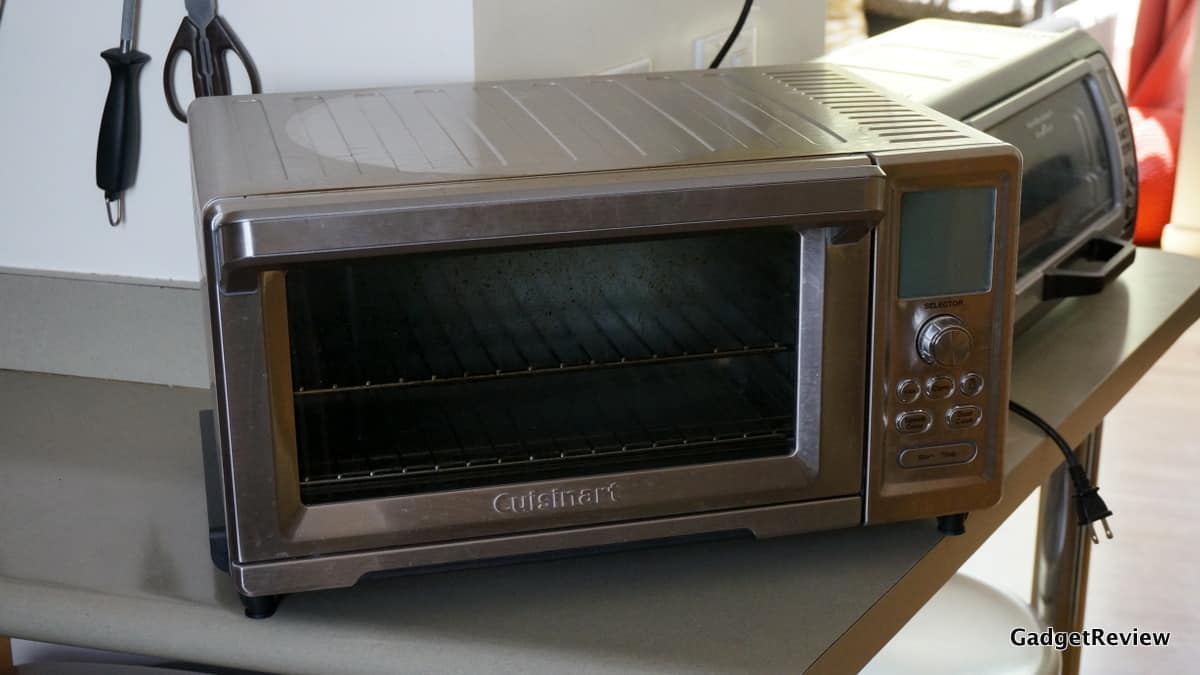Is a toaster better or the best microwaves?
Curious about the difference between a toaster oven vs microwave? They may be the same shape, but these kitchen devices don’t have much else in common. Here’s why they are different, and why that matters when cooking the foods you love! The Cuisinart CMW-100 – Best Small Countertop Microwave is not going to be the same as a toaster oven. Don’t worry, you can still keep up your search for the best toaster. Or, take a look at our Gaggenau 200 series motorized drop down oven review for a full-scale oven.
The Science: Heating Methods

Microwaves and toaster ovens don’t just have different names, they are also very different devices with completely separate heating methods. Throw the best slow cooker into the mix, and the ways to simply heat your food are practically endless. Compare this with our Panasonic Flashxpress toaster oven review to determine which is right for you. This means they cook foods in unique ways. Really, except for their size, they are difficult to compare at all. Here are the basic scientific facts:
- Toaster ovens: These little ovens act a lot like their larger cousins (ovens). They use small heating elements that create heat via an electric current that runs through the coil. Elements are carefully designed with ceramic materials so that they resist the electrical current without burning up. That resisted energy escapes the element as infrared radiation – and your food gets cooked. Toaster ovens may have one element, a pair of elements, or several, depending on the size. They can also be used outside! The heat radiates directly onto the food, which means that it cooks from the outside in. While they may be seen as alternatives to microwave ovens, they really have a different set of skills.
- Microwaves: Microwaves are whole different matter. In this case, the name is the clue – they use microwaves, or large electromagnetic waves, that are beamed directly into the cooking compartment (which is lined with protective materials so those waves cannot escape). As the microwaves bounce around, they excite certain particles. Specifically they energize water molecules. As a result, all the water in your food becomes heated, and that hot water does all the warming and cooking. Frozen foods tend to be cooked from the outside in, as the water molecules on the surface can move around more easily, and eventual thaw the molecules inside the food. Drier, warmer foods tend to cook both inside and outside at the same time for a more thorough heating effect. The more wattage a microwave has, the more quickly it can produce microwaves, which usually leads to a faster, more powerful heating effect.
The Effects: What Results You Can Expect

Okay, enough science. What does this mean for your foods? Let’s take the toaster oven first. The direct heat these units emit can produce certain combustion reactions – in other words, they can actually burn food. That’s good news! It means that you can caramelize surface sugars for foods like scones or pastries. It also allows you to brown or toast foods, something a microwave just can’t do – this also has an impact on meats, which can be browned or crisped in a toaster oven but not in a microwave.
The downside is that this method of heating is almost always going to be slower than the microwave, because the heat has to work slowly from the outside without burning your food. On the plus side, this also makes it easier to turn the heat down and keep food warm for long periods, something a microwave can’t really do. If you’re wondering how to reheat foods in toaster ovens, well, you need to turn the heat on low and wait – which means extra preparation time. Smart ovens can make this process easier.
A microwave, meanwhile, does better with foods that have high water content…like heating up tea. However, it also does well with foods that trap water, specifically various fats. That’s why microwaves can still do a good job of heating up cheese and other very fatty foods, or foods with trapped moisture. They are also very capable at defrosting or cooking frozen foods, which is why so many microwaves come with that handy defrost button. However, foods without much water (particular breads) fare poorly in the microwave, where they grow tough and stale. A similar problem happens with meats that have low fat content like chicken or your Thanksgiving turkey.
The Foods: What Foods Work Best With What?

Let’s drill down to more specifics. What sort of foods work well with a toaster oven, and which favor a microwave instead?
- Popcorn: Can you make popcorn in a toaster oven? In theory, yes, but not with microwavable bags. Generally a stovetop or a microwave is the best places for popcorn, not a toaster oven. Of course, there are microwave toaster oven combo options like the Samsung microwave/toaster oven combo if you want to cook bread and popcorn at the same time!
- Potatoes: Both options can handle potatoes. Toaster ovens work best if you want to brown or crisp potato wedges, while microwaves are the preferred choice if you want to cook a potato quickly for mashed or twice-cooked potatoes with soft inner filings.
- Pizza: Cooking pizza isn’t possible in a microwave, but small pizzas do very well in a toaster oven. Reheating pizza, however, is usually easier in the microwave, although it will make the crust soft and chewy due to the steaming of the water inside.
- Stew: If you have a lot of meaty or starchy ingredients, a toaster oven will help them meld properly. A microwave, however, will always be quicker due to the heating method required to warm up liquids all the way through.
- Chicken: Chicken is tricky. A toaster oven will brown and crisp the chicken easily, but can also easily overcook or dry the chicken out. A microwave cannot brown or crisp, but it can cook effectively, although the taste may be a little bland.
- Breakfast food: Stick with the toaster oven, every time. Some even have traditional toaster pop-up modes for bagels and toast! Though there are apparatuses to cook eggs.
- Frozen Foods: It’s usually best to stick with the microwave when it comes to defrosting. After thawing, you can always move the food over to a toaster oven (but remember to remove it from the plastic tray first!).
Safety: Which Option is Safer for Families?
You may be wondering, “Are toaster ovens healthy, though? What about microwave radiation?” It’s time to take about microwave and toaster oven health risks.
Are toaster ovens safe? Yes – except for the common danger of burns. Because these little ovens use exposed heating elements, they present no more danger than a traditional oven range, even when turned up. Of course, you need to be careful with countertop models, because if they accidentally fall then they could burn your floor or start a fire, something microwaves are a less likely to do.
Microwaves, on the other hand, do produce microwaves, which can be dangerous. However, this is rarely a problem. Microwave doors are designed to keep microwave radiation levels in the vicinity of the unit down to safe levels. If your door is damaged, you may want to call in a contractor who can use a radiation sensor to make sure levels remain safe. Otherwise, you don’t need to worry, especially for the effects it may have on food. Just don’t microwave styrofoam.
Both models present some small danger of electrocution though, so keep water and pets away from the cords!
Related Articles:

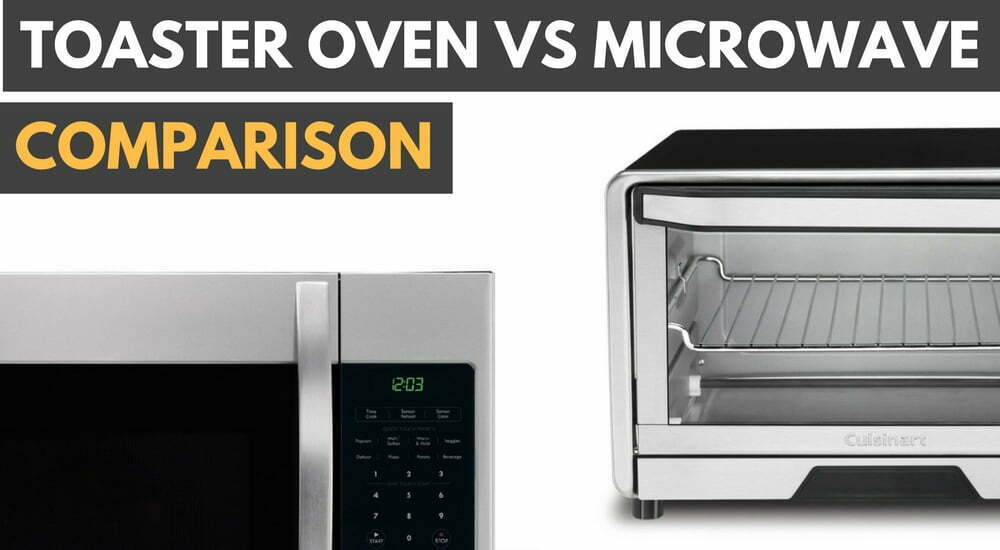













![Best Kitchen Appliances in [year] ([month] Reviews) 11 Best Kitchen Appliances in 2025 (April Reviews)](https://www.gadgetreview.dev/wp-content/uploads/best-kitchen-appliances.jpg)
![Best Toaster Oven in [year] ([month] Reviews) 12 Best Toaster Oven in 2025 (April Reviews)](https://www.gadgetreview.dev/wp-content/uploads/best-toaster-oven-image.jpg)
![10 Best 4 Slice Toaster Ovens in [year] 13 10 Best 4 Slice Toaster Ovens in 2025](https://www.gadgetreview.dev/wp-content/uploads/Best-4-Slice-Toaster-Oven.jpg)
![10 Best Rotisserie Toaster Ovens in [year] 14 10 Best Rotisserie Toaster Ovens in 2025](https://www.gadgetreview.dev/wp-content/uploads/Best-Rotisserie-Toaster-Oven.jpg)
![10 Best Small Toaster Ovens in [year] 15 10 Best Small Toaster Ovens in 2025](https://www.gadgetreview.dev/wp-content/uploads/Best-Small-Toaster-Oven.jpg)
![10 Best Air Fryer Toaster Ovens in [year] 16 10 Best Air Fryer Toaster Ovens in 2025](https://www.gadgetreview.dev/wp-content/uploads/Best-Air-Fryer-Toaster-Oven.jpg)
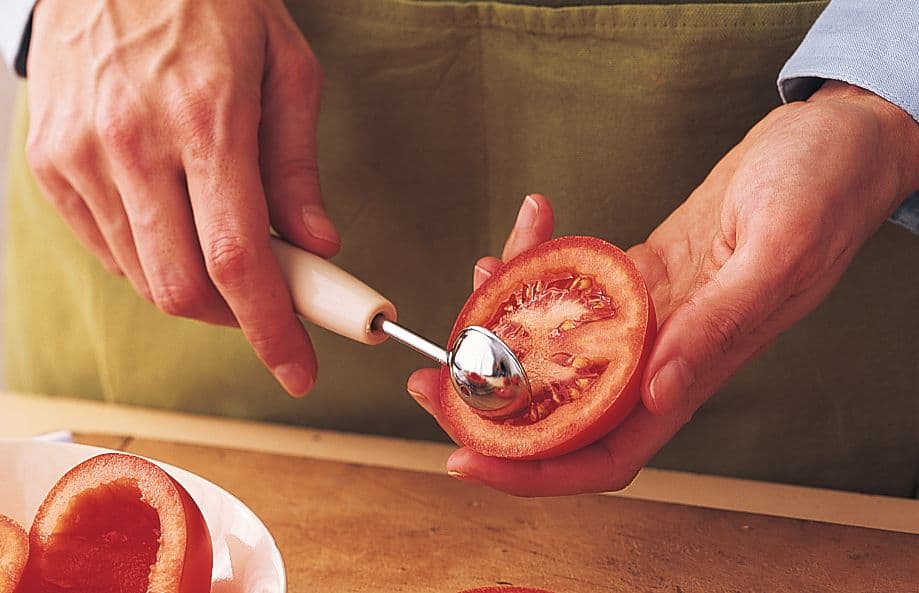
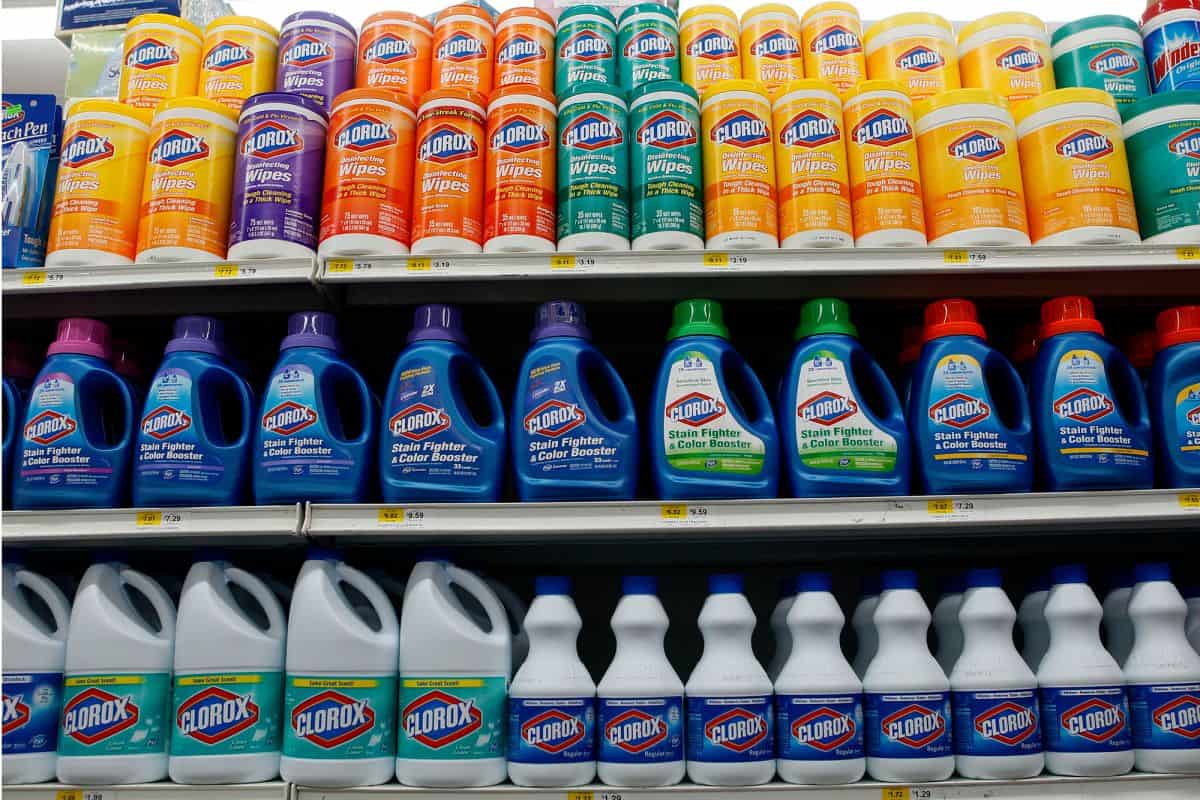
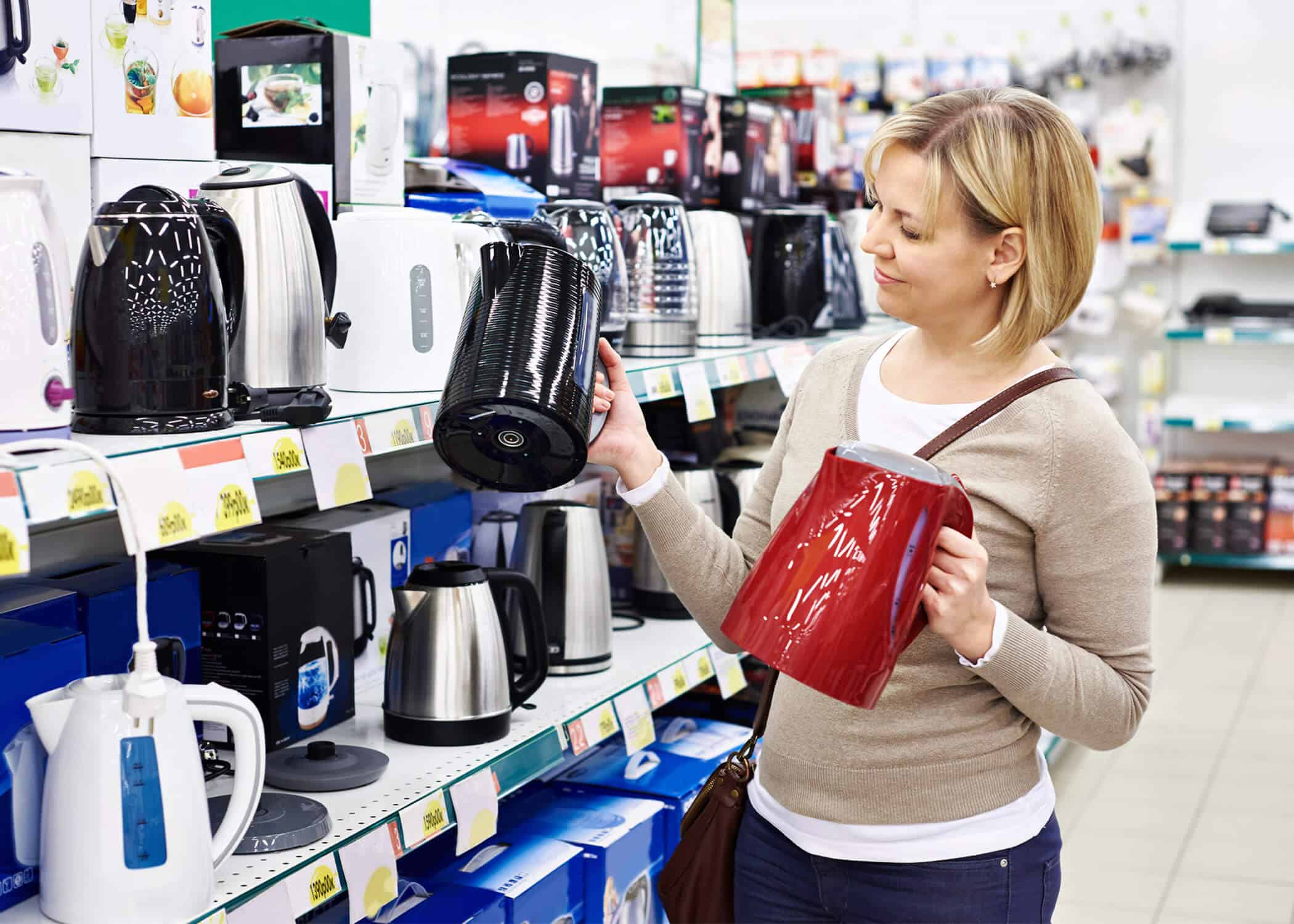

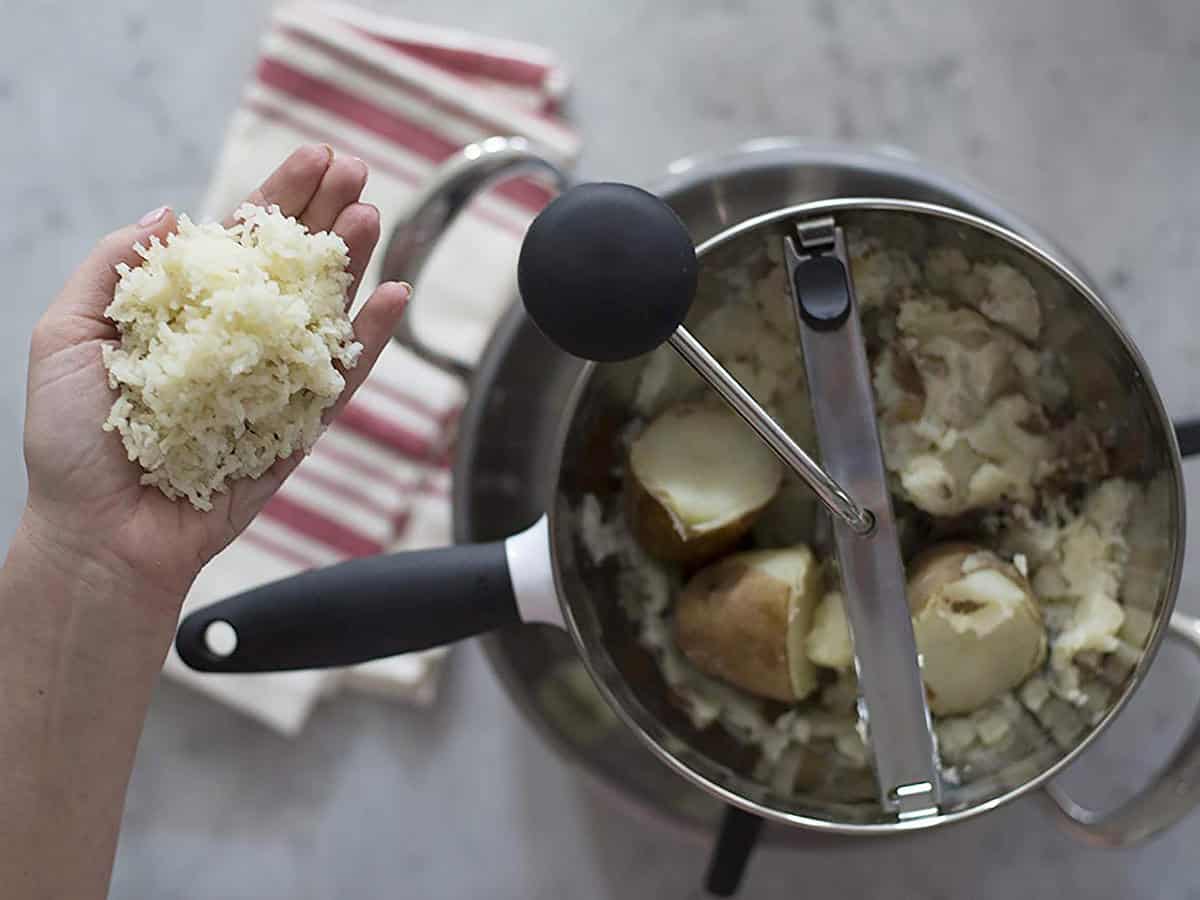
![Best Stainless Steel Cookware in [year] 22 Best Stainless Steel Cookware in 2025](https://www.gadgetreview.dev/wp-content/uploads/best-stainless-steel-cookware.jpg)
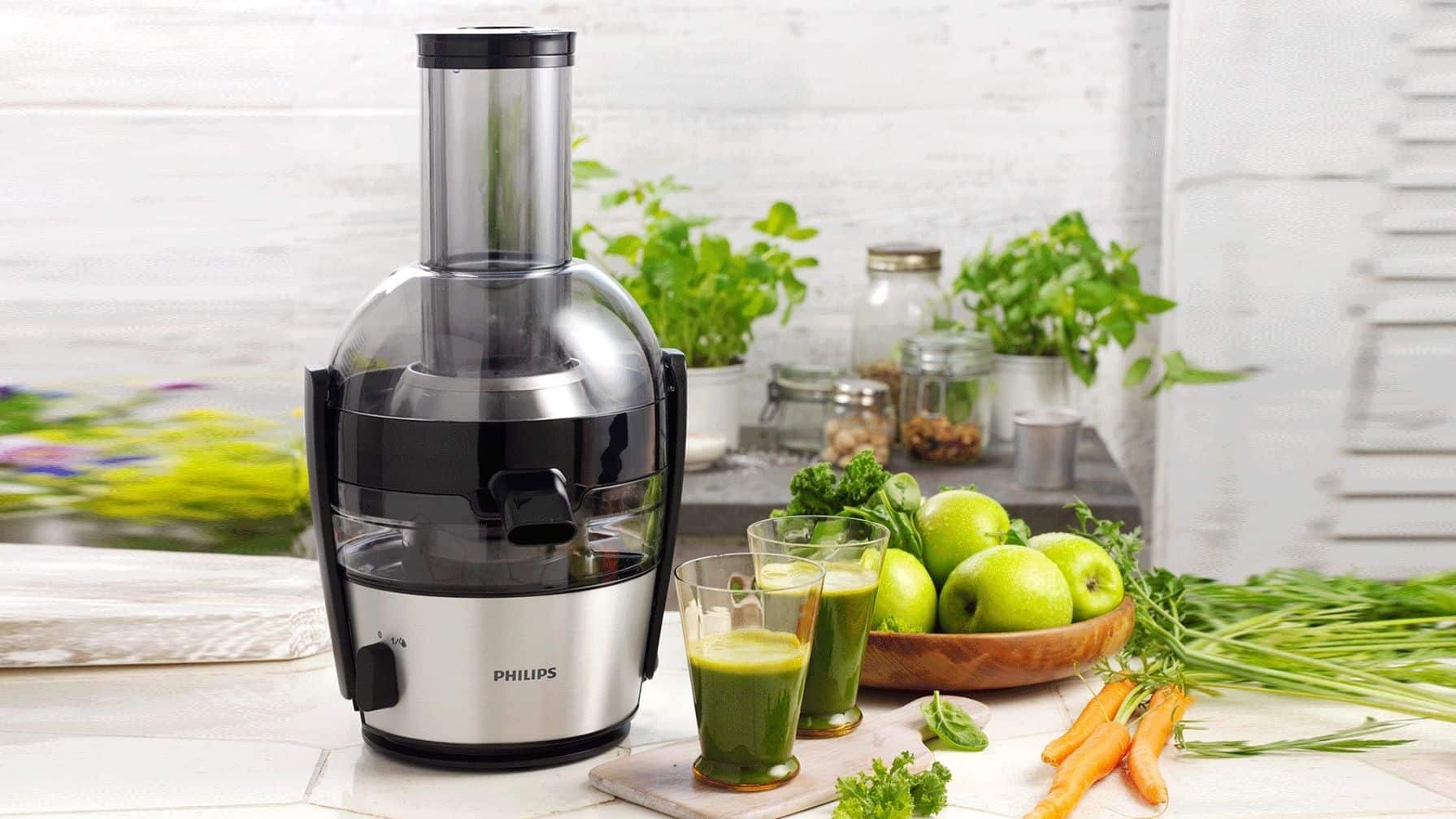
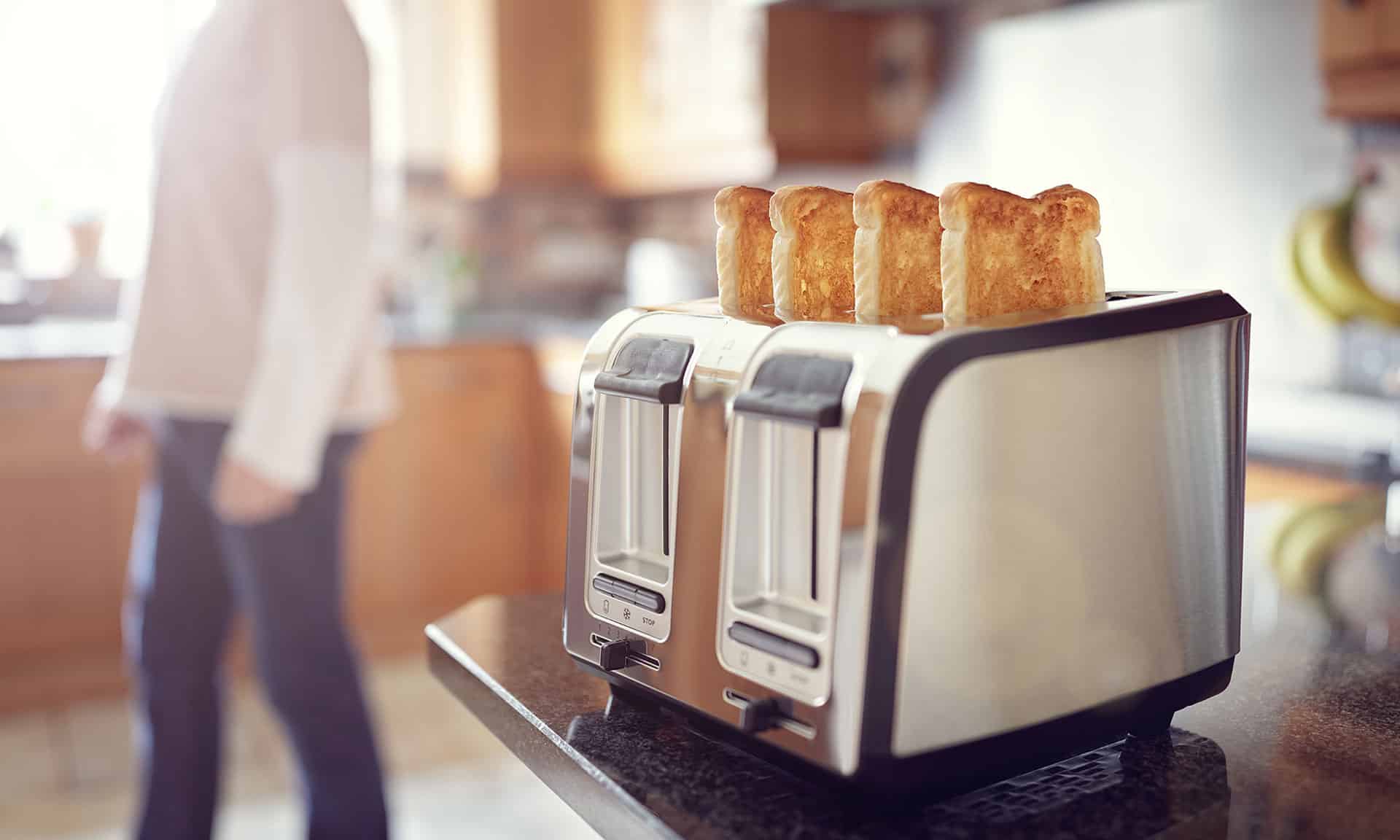
![7 Best Wedding Cake Topper in [year] 25 7 Best Wedding Cake Topper in 2025](https://www.gadgetreview.dev/wp-content/uploads/best_wedding_cake_topper.jpg)
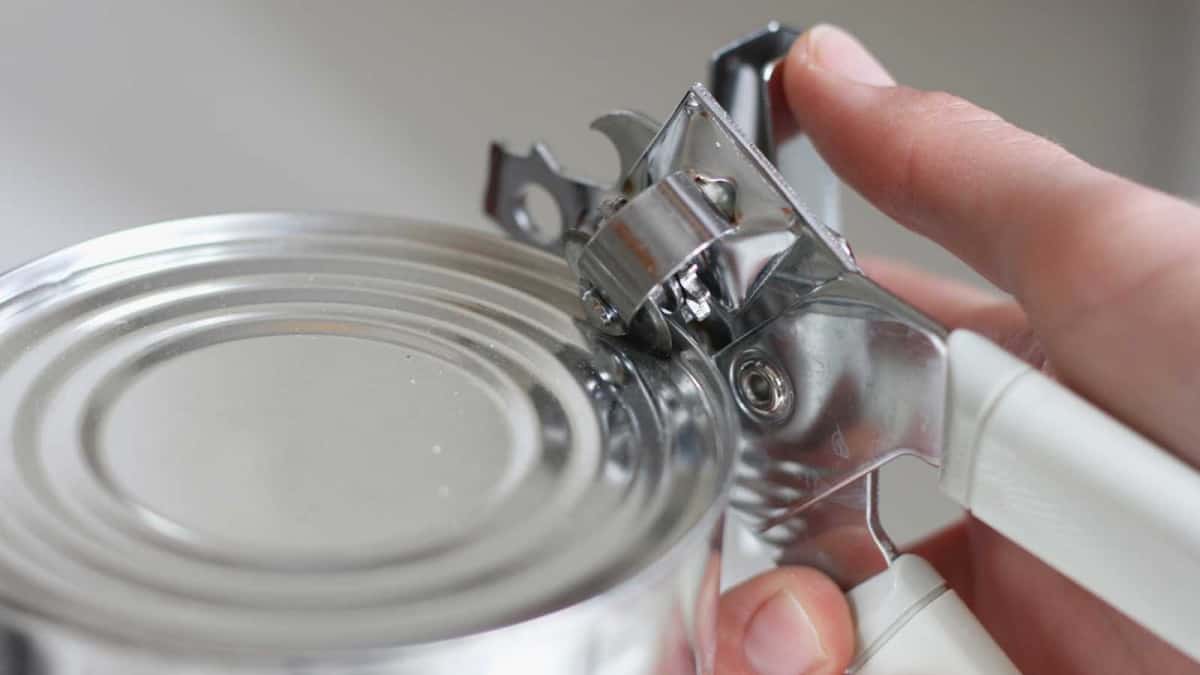
![7 Best Universal Pans and Pot Lids in [year] 27 7 Best Universal Pans and Pot Lids in 2025](https://www.gadgetreview.dev/wp-content/uploads/best-universal-pan-and-pot-lids-scaled-1.jpg)
![7 Best Herb Trimming Scissors in [year] 28 7 Best Herb Trimming Scissors in 2025](https://www.gadgetreview.dev/wp-content/uploads/best-herb-trimming-scissors.jpg)
![7 Best Crepe Makers in [year] 29 7 Best Crepe Makers in 2025](https://www.gadgetreview.dev/wp-content/uploads/best-crepe-maker.jpg)
